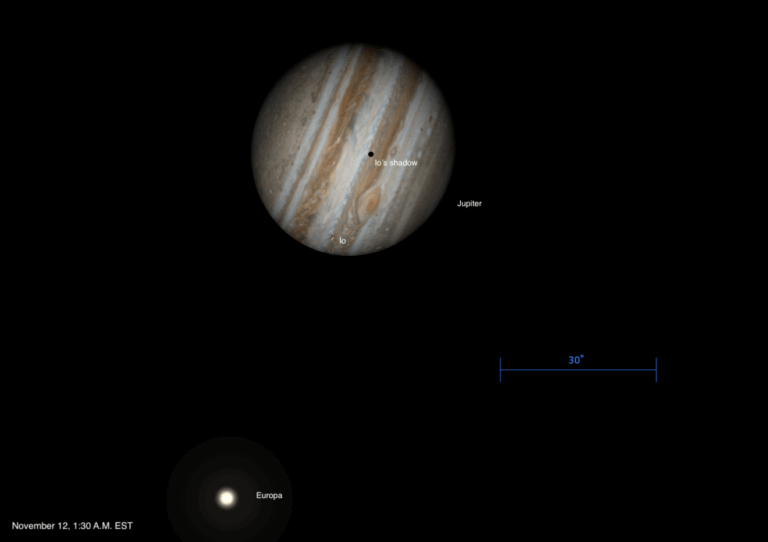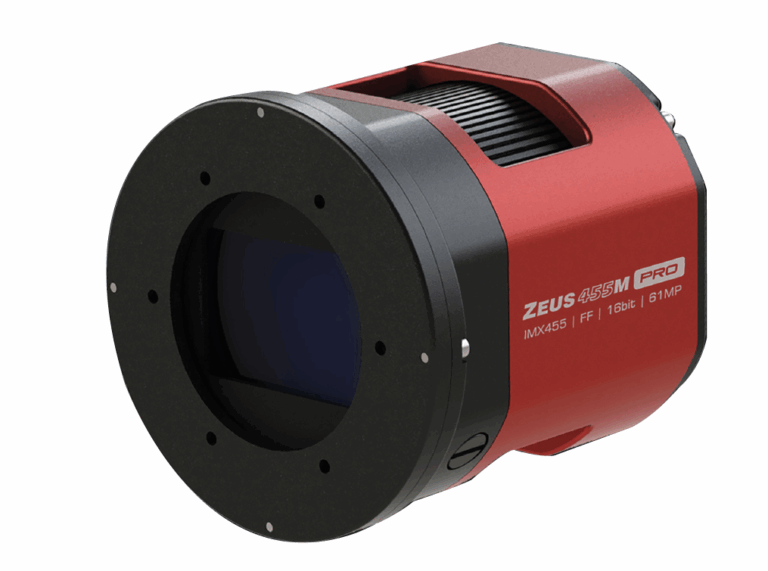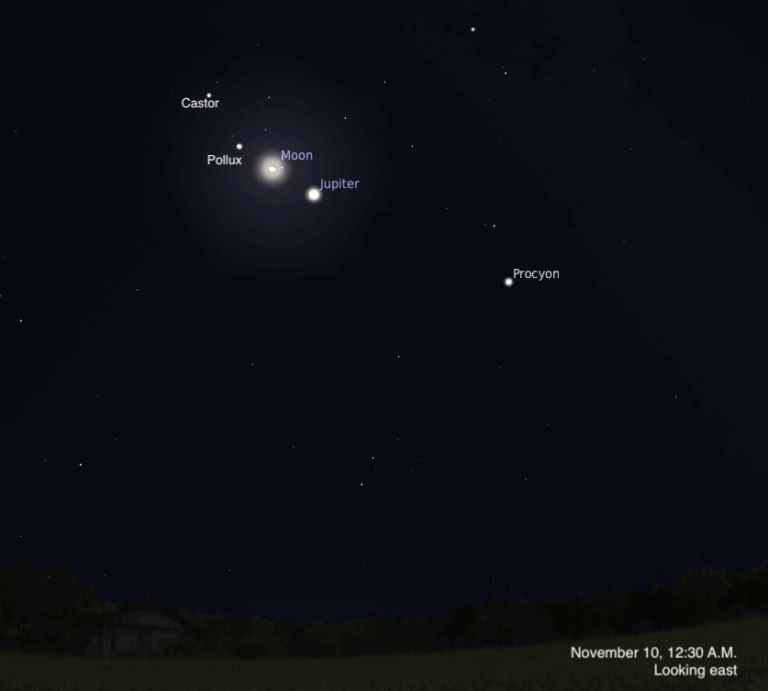
This meteor shower is called the Leonids because all of its meteors seem to originate from the constellation Leo.
Credit: Astronomy magazine/Roen Kelly
Credit: Astronomy magazine/Roen Kelly
Key Takeaways:
- The Leonid meteor shower is predicted to reach its peak activity on or around November 17.
- Optimal viewing for this celestial event is suggested during the early morning hours.
- Observation does not necessitate specialized optical equipment, with naked-eye viewing from a reclined position being sufficient.
- Meteors are expected to manifest as bright streaks, appearing to radiate from the constellation Leo the Lion.
In this episode, Astronomy magazine Editor Emeritus Dave Eicher invites you to head out in the early morning hours of or around November 17. That’s the date the Leonid meteor shower reaches its peak. You don’t need binoculars or a telescope for this event. Just set up a recliner, look up, and watch for bright streaks moving overhead, seeming to originate from the constellation Leo the Lion. Good luck!
View the video here.









